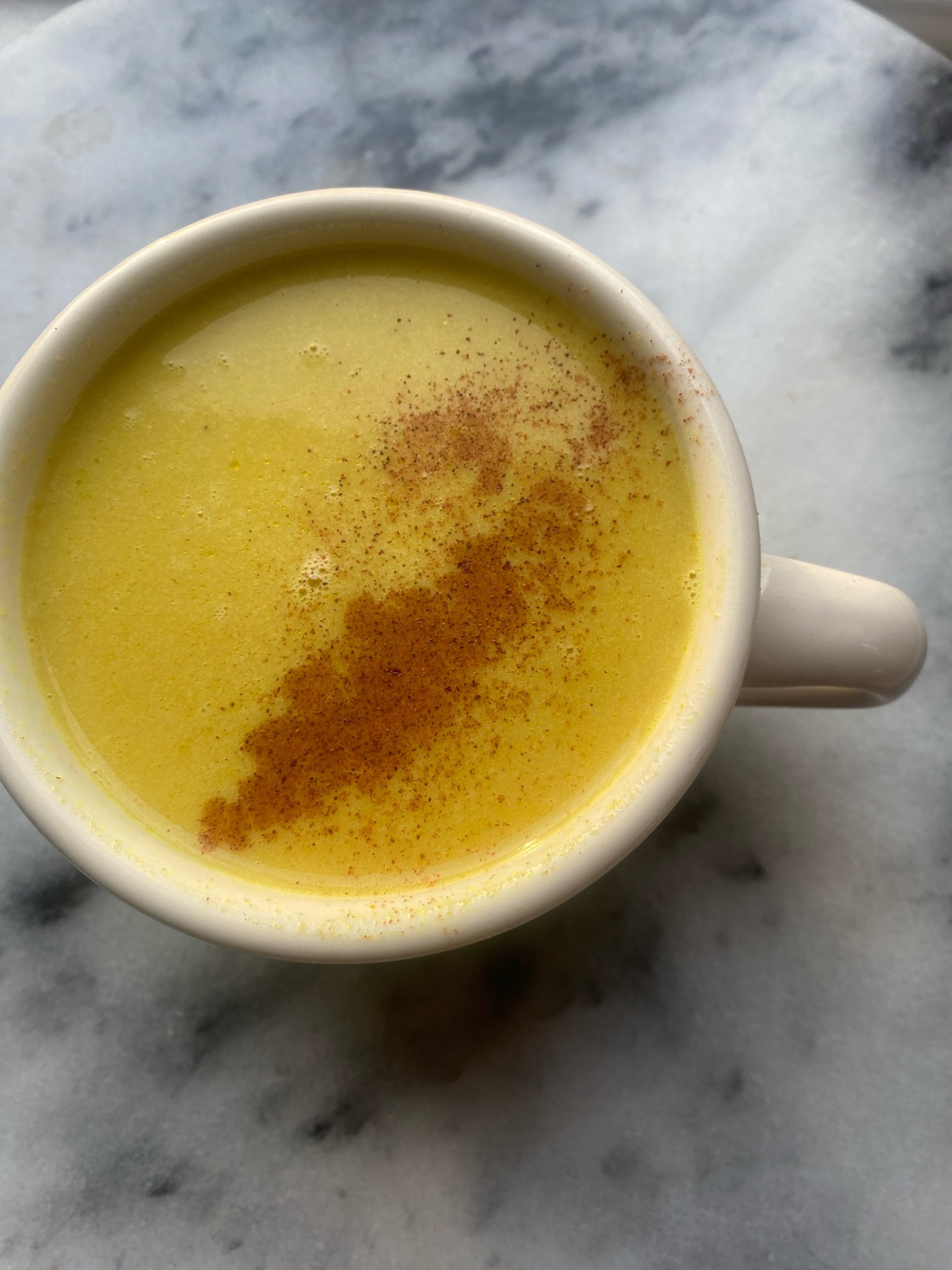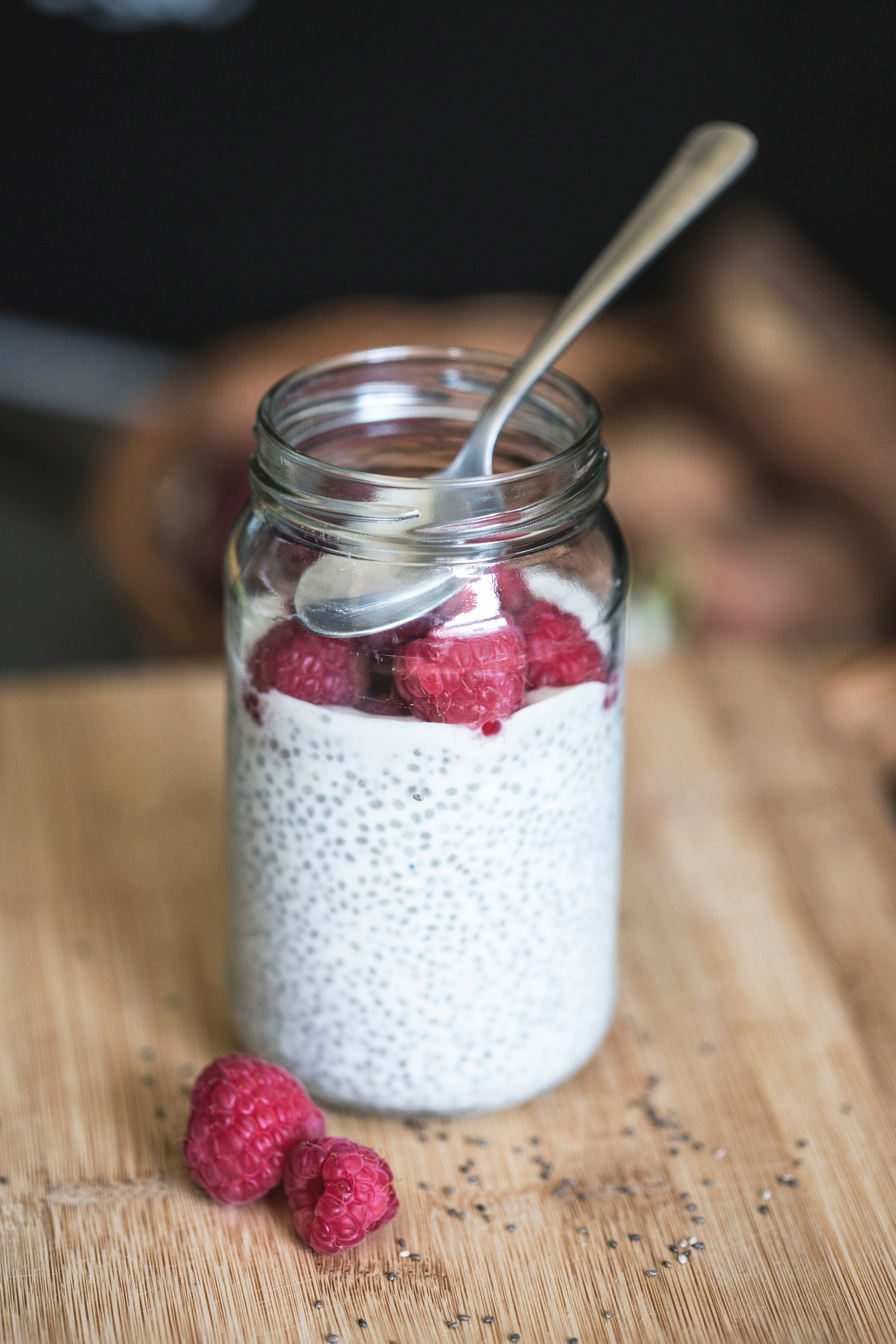Exploring the Basics of a Gluten-Free Diet
This article will help you get started on a Gluten-free diet.
Gluten free baking can be easy and fun with the correct ingredients!
A gluten-free diet is a dietary approach that eliminates gluten, a protein found in wheat, barley, and rye. This diet is commonly followed by individuals with celiac disease, gluten sensitivity, or those choosing to avoid gluten for health or lifestyle reasons. Gluten-free has become very popular within this decade, and for good reasons! We are finding more and more people are becoming sensitive to gluten-bearing products. It is not proven why this change is happening, but it can be due to over-processing, excessive use of farming chemicals such as glyphosate, lost vitality of seeds during farming practices, or the increasing toxic load that our bodies have to process. Whatever the reasons, we know that gluten is considered one of the five main allergens and sensitives (gluten, dairy, eggs, corn, soy). If you are experiencing symptoms directly associated with consuming gluten or even have a bunch of seemingly random health issues you are trying to correct, eliminating gluten, even for a short period, may help!
What is Gluten?
Gluten is a group of proteins found in many foods and grains, such as wheat, barley, and rye, as well as products made from these grains. provides elasticity to dough, helping it rise and maintain its shape, and is commonly found in many staple foods such as bread, pasta, and baked goods. Gluten is composed of two main proteins, glutenin and gliadin, responsible for wheat-based products' unique texture and structure. For individuals with gluten-related disorders like celiac disease or non-celiac gluten sensitivity, consuming gluten can trigger adverse reactions ranging from digestive issues to autoimmune responses. As a result, avoiding gluten-containing foods is essential for managing these conditions and maintaining overall health.
Where Is Gluten Found?
Wheat (durum, einkorn, farro, graham, kamut, semolina, spelt)
Rye
Barley
Products derived from the grains listed above, such as malt, bread, cereals
Foods Often Containing Gluten
For individuals following a gluten-free diet due to celiac disease, gluten sensitivity, or other health reasons, it's crucial to carefully read food labels and look for gluten-free certification to avoid inadvertent ingestion of gluten.
Flour- Unless specified gluten-free, wheat flour contains gluten.
Soy Sauce- Traditional soy sauce contains wheat as a key ingredient.
Malt Vinegar- Made from barley, malt vinegar contains gluten.
Beer- Beer is typically made from barley, wheat, or rye unless labeled gluten-free.
Processed Meats- Some processed meats, such as sausages and deli meats, may contain gluten-containing fillers or flavorings.
Soups and Sauces- Thickening agents like wheat flour can be found in soups, gravies, and sauces.
Cereals- Many breakfast cereals contain wheat or barley malt extract.
Candy and Confectionery- Some candies and chocolates may have gluten-containing ingredients like wheat starch.
Communion Wafers- Traditionally made from wheat flour, these may contain gluten
Salad Dressings- Some salad dressings contain wheat-based thickeners or malt vinegar.
Prepared Foods- Frozen or pre-packaged meals may contain gluten as fillers or flavor enhancers.
Imitation Meats- Vegetarian or vegan meat substitutes can contain gluten as a binding agent.
Processed Snacks- Items like flavored chips, pretzels, and crackers may contain wheat or barley ingredients.
Marinades and Seasonings- Some seasoning blends and marinades contain gluten as a thickening agent.
Licorice- Traditional licorice candy often contains wheat flour.
Naturally Gluten-free Options
These naturally gluten-free options and flours provide a wide range of choices for individuals following a gluten-free diet while still enjoying delicious and nutritious meals.
Fruits- Apples, bananas, oranges, berries, etc.
Vegetables- Broccoli, carrots, spinach, sweet potatoes, etc.
Meat and Poultry- Chicken, beef, pork, turkey, etc.
Fish and Seafood- Salmon, tuna, shrimp, cod, etc.
Eggs- Chicken eggs, duck eggs, quail eggs, etc.
Dairy Products- Milk, cheese, yogurt, butter, etc.
Legumes and Pulses- Lentils, chickpeas, black beans, kidney beans, etc.
Nuts and Seeds- Almonds, walnuts, chia seeds, flaxseeds, etc.
Grains and Seeds- Quinoa, rice, buckwheat, millet, amaranth, teff, etc.
Herbs and Spices- Basil, oregano, cinnamon, turmeric, etc.
Gluten-Free Flours:
Almond Flour- Made from ground almonds, almond flour adds a nutty flavor and moist texture to baked goods.
Coconut Flour- Produced from dried coconut meat, coconut flour is high in fiber and adds a subtle coconut flavor to recipes.
Quinoa Flour- Ground from quinoa seeds, quinoa flour, is rich in protein and imparts a slightly earthy taste to dishes.
Rice Flour- Made from finely ground rice grains, rice flour is versatile and commonly used in gluten-free baking.
Buckwheat Flour- Despite its name, buckwheat is naturally gluten-free and not related to wheat. Buckwheat flour adds a hearty flavor and texture to recipes.
Teff Flour- A staple in Ethiopian cuisine, teff flour is derived from teff grains and offers a mildly nutty flavor.
Sorghum Flour- Ground from sorghum grains, sorghum flour, is rich in fiber and protein, making it an excellent gluten-free alternative.
Arrowroot Flour- Extracted from the roots of the arrowroot plant, arrowroot flour is a versatile thickening agent in gluten-free cooking and baking.
Cornmeal- Ground corn kernels yield cornmeal, which is commonly used in gluten-free baking for making cornbread, polenta, and other dishes.
Chickpea Flour- Also known as gram flour or besan, chickpea flour adds a nutty flavor and dense texture to recipes and is a staple in Indian cuisine.
Just like all healthy diets, your main focus should be fresh vegetables!
Tips for Getting Started
Gluten-free products have come a long way in the past few years, and many high-quality options are available for things such as pasta, bread, and even baked goods. Many studies have suggested that dietary changes and cleanses should be performed for about 3 weeks to establish a new norm for the body and to notice any positive changes. It may be noticeable way sooner than that amount of time, but 21 days is a great place to start! I believe that getting started on big lifestyle or dietary changes is always the hardest part, as we are creatures of habit. But once we set the intentions, do the research, and clean out our pantries the changes become easier as we begin to feel better and brighter.
Always read the label- Gluten-containing products might not always be neatly labeled with a big star saying *contains gluten, so it is important to read through and see what is listed and if gluten is hiding anywhere in the product you are looking to purchase
Know your ingredients- As said above gluten can be hidden under many various names so make sure you are well informed! Some ingredients that may contain gluten- Brown rice syrup, caramel coloring, malt vinegar, modified food starch, natural flavors
Ask for help- This seemingly simple request can be difficult for people, but is also very effective! Let your friends and family know that you are trying a new dietary change so that meals together are less stressful. They might also know some great recipes and tips to help out and who knows they might even join you on your wellness path!
Clean out your pantry- This step is very important, as easy-to-access foods around the house are super tempting, especially when hungry. Make some time before you begin to clear out gluten-containing foods, donate them to a food bank, or store them out of sight for a later date if this is a temporary change.
Food prep: Spend some time during the weekend or the beginning of the week preparing food to make busy work weeks easier for you.
Find recipes you love- In the beginning, this may seem like a bug experiment, but after a while, you will settle into a routine at the grocery store, with favorite menu items at restaurants and in the kitchen. Stockpile up some of your favorite go-to recipes.
SHOP THE STORY
Resources
Bobs Red Mill- Check here for amazing recipes and gluten free products!
Celiac Disease Organization- More information about gluten-free and Celiac disease
*Please consult your healthcare practitioner before making drastic changes within your diet especially if you are dealing with a current health condition. No information upon this site is meant to help diagnose, cure or treat any condition and should not be taken in place of individual professional medical advice.
STILL HUNGRY?
WANT TO LEARN MORE?


















































This simple receipe for nourishing chicken can easily become a staple in your household!